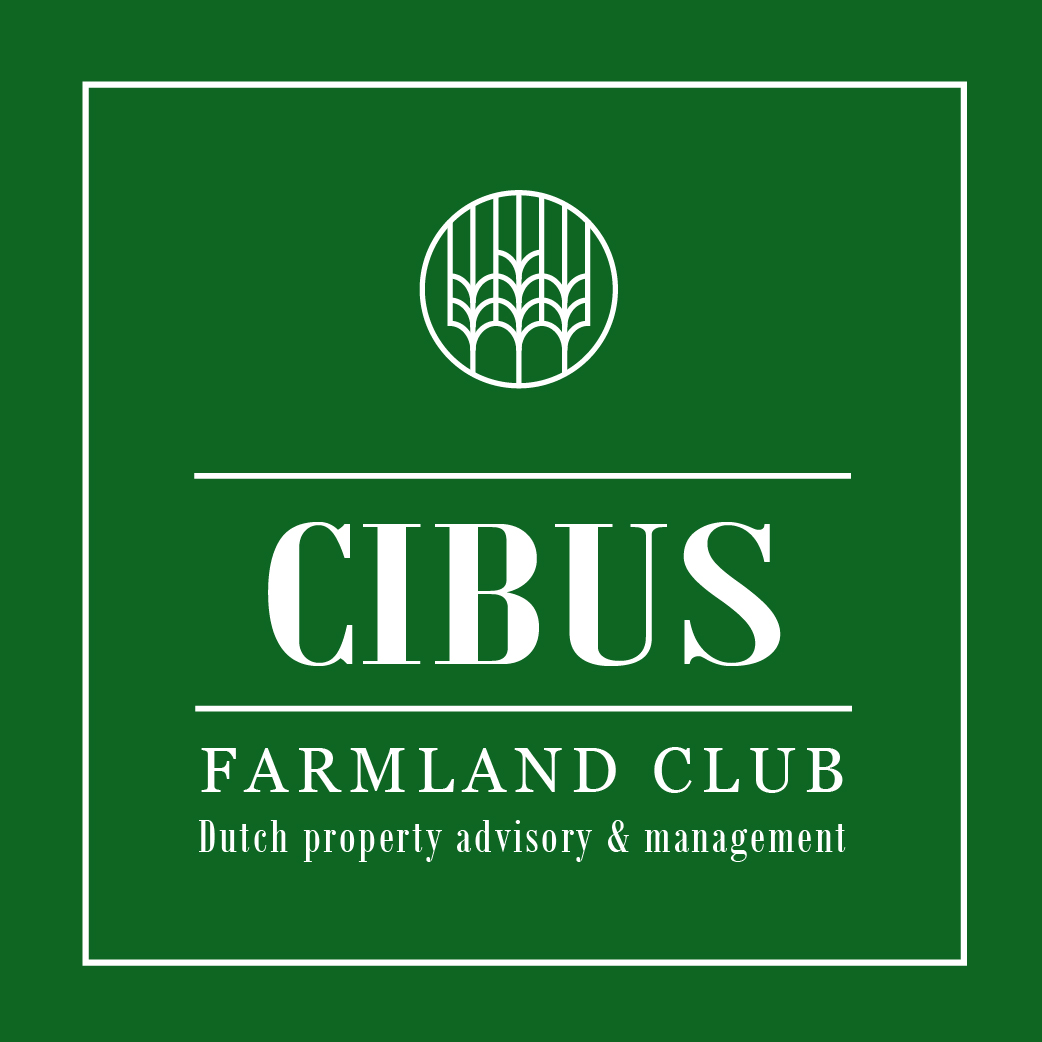Invest in farmland
Agricultural entrepreneurs traditionally possess land and they know that land is a solid investment. We all know the stories about land being for sale and increasing its value over time. However, land was not very in demand with private nor with institutional investors. It was an unknown field and unknown, unloved. Since the economic crisis of 2008 this has been changed.
Until some years ago, farmland did not have any noticeable position in the investment portfolio of the major part of most institutional investment agencies. However, due to factors such as stability, a lacking relation with other asset classes and demonstrated fixed returns, the interest of this group of investors is growing enormously on a global scale.
Most of the farmland in the world is owned by private individuals. However, since the last 5 years pension funds have invested considerably in farmland (contrary to before) and they will again double their investments in farmland during the next 2 years, according to a recent research of Barclays Capital. This means that the growth of investments in the area of specialized and main stream pension funds continues.
All institutional investors were seriously hit by the recent financial crisis, especially in the Western Countries. As a result, they are searching for safe, long term participations.
For them, farmland is very attractive. They regard farmland as what they call good fundamentals; a clear economic pattern of supply and demand, depending on the one side on an increasing world population which needs to be fed and on the other side on limited or finite production factors.
These fund managers can find relatively low priced land in various locations in the world, such as Australia, Soudan, Uruguay, the Balkan, Russia, Zambia or Brazil.
Farmland is becoming increasingly scarce
As stated before, the areal of farmland available for human food crops decreases due to urbanisation, climate change, political or economic instability and the increasing cultivation of bio fuelcrops.
Conversely, the global population is increasing drastically and therefore the demand for more farmland and raw materials for food increases accordingly. The result of this is that the value of farmland increases and the sector focuses increasingly on more intensive, modern agricultural techniques.
